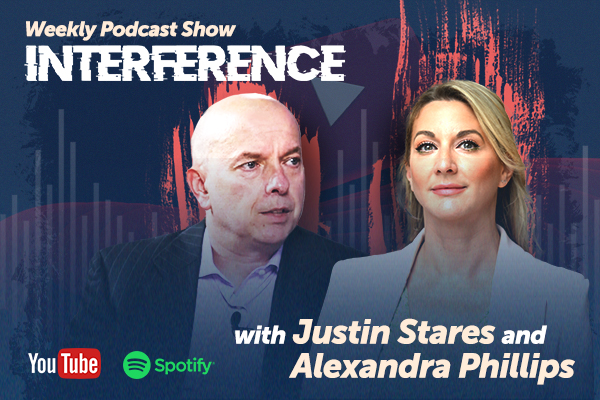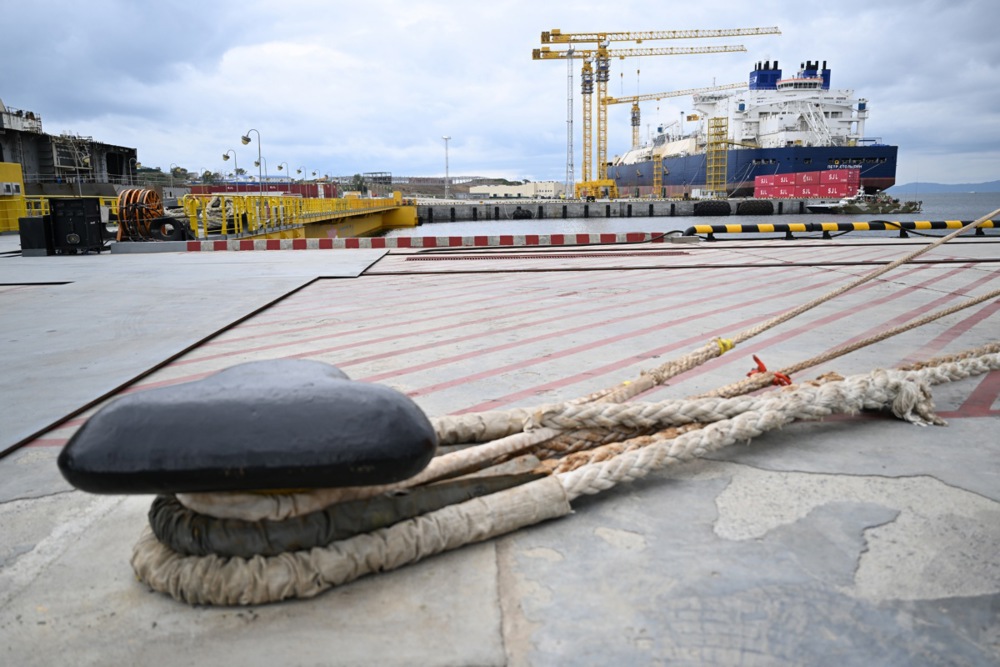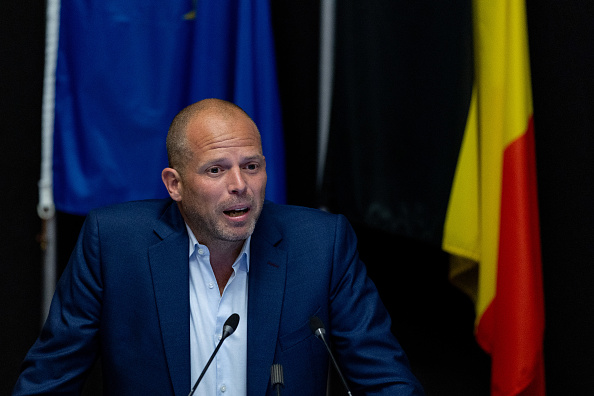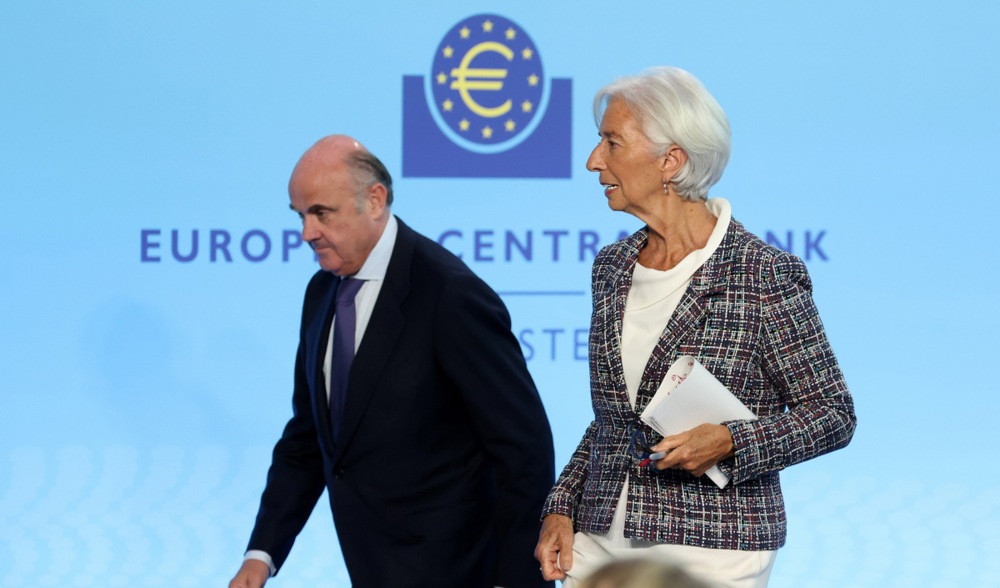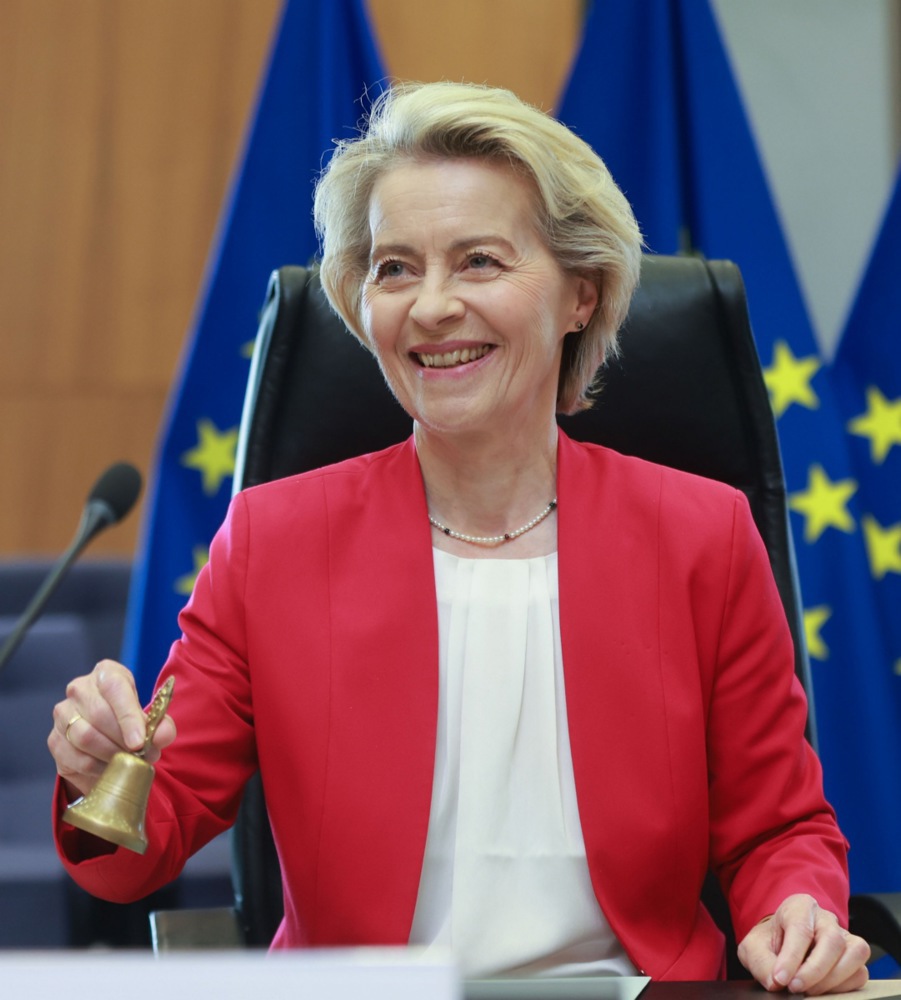Six months into US President Donald Trump’s return to the White House, the tone and structure of transatlantic relations have shifted again.
“The change of pattern is so quick,” said Riccardo Alcaro, head of research at Rome-based Istituto Affari Internazionali (IAI) think-tank, during a conference in Brussels on July 2.
Unlike during his first term, Trump was not ignoring Europe, he was now engaging with it. But his approach treated the relationship as a series of individual deals, not as a shared strategic project, observers said. That view was at odds with how the European Union saw its role.
For decades, the European Union invested in diplomacy, including in trade, to influence global events. Its military capacity remained underdeveloped, with European governments relying on the US for protection, particularly through NATO, the US-led military alliance.
Alcaro agreed, but added that Europe’s “hybrid nature”, its “blend of diplomatic, economic and aid instruments”, could be an asset if used smartly.
“Security policy is always context-dependent,” he said. “That means being able to adapt quickly — and knowing whether soft power or hard power is the right tool.”
That dependency was manageable until recently. But the war in Ukraine and Trump’s re-election have forced a shift in perspectives.
That was visible at the latest NATO summit in The Hague, which ended with an unusually brief, five-paragraph statement.
Member countries committed to increasing their defence budgets, with 5 per cent of national income as the unofficial benchmark, including military spending and support services such as infrastructure.
After the summit, reports and briefings highlighted that the aim of this summit appeared to be persuading Trump that Europe was paying its share and to keep him committed to NATO’s core promise, that an attack on one member was treated as an attack on all.
As the Brussels-based European Policy Centre wrote June 27, NATO avoided naming any countries as threats, despite rising tensions with Russia, Iran and China. It focused instead on internal reforms and rearmament, a sign, analysts said, that leaders were more concerned with reassuring Washington than addressing global risks.
For years, European governments used financial support and diplomatic pressure to help manage crises in places such as the Balkans, the Middle East and North Africa.
That leverage was now weakening, as conflict actors found alternatives in rival powers such as China and Russia, according to Alcaro.
“The EU’s traditional tools are no longer enough,” he said. “Diplomacy and aid are important but in a world of multipolar rivalry, they are not sufficient.”
He added that conflict zones were increasingly turning into arenas of geopolitical competition, where the EU’s lack of hard power was a strategic handicap. “Our influence in crisis management has dropped,” Alcaro warned.
“And national governments don’t invest in it because they don’t see short-term payoffs.”
The problem was made worse by political divisions inside the EU. Alcaro pointed out that many member states still disagreed on how to approach security issues.
“It’s not even about diverging positions on specific crises,” he said. “It’s about deep differences in budget priorities and how resources are allocated.” Fragmentation within the bloc was growing, a trend worsened by global power competition, he added.
Sven Biscop of the Brussels-based Egmont Institute argued that the EU had backed itself into a corner. “Europe built a system of dependence on the US,” he wrote. “And now that the US no longer sees the alliance as essential, Europe is exposed.”
He traced the roots of the problem to the early Cold War. European countries asked the US for military protection and, in doing so, avoided building the systems needed to act independently, such as command centres, intelligence services or long-range communications networks.
That structure suited Washington, which wanted burden-sharing but did not encourage autonomy. The result: European forces cannot operate without US support. And the prospect of Washington stepping back — as Trump often threatened — left leaders scrambling to promise more, fast.
But that strategy may fail. Biscop noted that Trump did not merely see Europe as a weak partner, he viewed the EU itself as a rival, especially in economic and ideological terms. Even record-high defence spending may not win him over.
Instead, Biscop called for a clearer definition of Europe’s role. Rather than asking what would keep the US engaged, Europe, he said, must start by deciding what it wanted, and how to achieve it, with or without US help.
That would mean building full-spectrum military capabilities, not just more troops or tanks but the tools to plan, communicate and act independently.
It would also mean agreeing on common foreign policy priorities, something the EU has long struggled to do.
For now, most EU governments and the NATO Secretary General seemed to be trying to preserve as much of the old US relationship as possible, even under new conditions.
But that strategy assumed continuity, where the shift may already be structural.
“This second Trump administration is not as disinterested in Europe as the first,” said Alcaro. “It has a clearer view — but one that is fundamentally at odds with what the EU is”, he warned, and it was pushing “for reshaping the relationship on American terms”.
And that is what made a purely transactional partnership, or even open strategic rivalry, the more plausible scenario. Alcaro said he saw two paths ahead: “In theory, a first scenario of co-operation could still work — if the US manages to benefit from engagement without feeling it’s losing ground,” he said.
The second scenario, a US that continued to engage with Europe but on unilateral terms, now looked more likely, he added.
